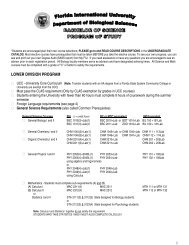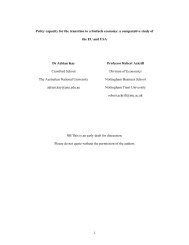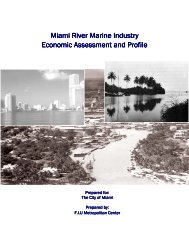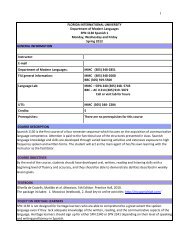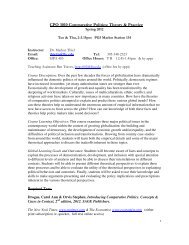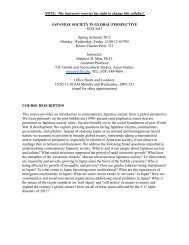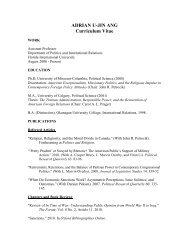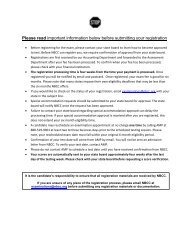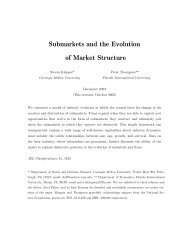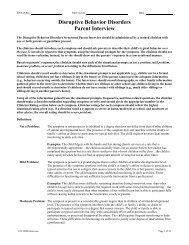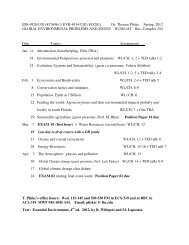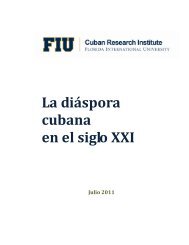GERMANY AS A
GERMANY AS A
GERMANY AS A
Create successful ePaper yourself
Turn your PDF publications into a flip-book with our unique Google optimized e-Paper software.
COORDINATION AT ALL LEVELS<br />
The meetings stipulated in the Élysée Treaty have been<br />
continually intensified. The German Chancellor and French<br />
President coordinate with one another frequently at<br />
summits, and hold numerous one-on-one talks. Since<br />
2004 Franco-German Ministerial Councils have been<br />
held twice a year. Since 2010 ministers have had the<br />
option, if invited to do so, of taking part in the partner<br />
country’s cabinet meetings. At all levels, the French and<br />
the Germans speak as openly to one another as they do<br />
within their own respective governments.<br />
The two Commissioners for Franco-German Cooperation,<br />
France’s Bernard Cazeneuve and Germany’s Michael<br />
Link, are charged with making this coordination even<br />
more dynamic. Their work embeds the full scope of<br />
Franco-German cooperation in the European context, as<br />
both of them are also responsible for European affairs<br />
in their respective countries.<br />
There are Franco-German friendship groups in the<br />
French National Assembly, the Senate, the Bundestag<br />
and the Bundesrat. These groups foster close parliamentary<br />
cooperation, including an annual colloquium,<br />
joint sessions of the two foreign affairs committees,<br />
a dialogue among political parties and exchanges<br />
between parliamentary staff.<br />
Rounding out this coordination infrastructure are institutions<br />
such as the Franco-German Defence and Security<br />
Council, the Franco-German Finance and Business<br />
Council, the Franco-German Environment Council and a<br />
Franco-German Culture Council.<br />
THE FRANCO-GERMAN METHOD IN EUROPE<br />
When Franco-German coordination works well, Europe makes progress. When it stalls, Europe grinds to a standstill. The<br />
Franco-German engine alternates between “phases of efficacy and phases of idling”, according to Sorbonne professor<br />
Hélène Miard-Delacroix. In her view, the Franco-German method is comprised of three elements: analyzing the interests<br />
which are indispensable to both sides, identifying the interests and approaches which are only fleeting, and ascertaining<br />
the practical steps to be taken together.<br />
50 YEARS OF THE ÉLYSÉE TREATY<br />
President François Hollande (l.) and Chancellor Angela Merkel (r.)<br />
The French and German foreign ministers, Laurent Fabius (l.)<br />
and Guido Westerwelle (r.)<br />
The Franco-German Ministerial Council meeting at the Federal<br />
Chancellery in Berlin<br />
© Picture-alliance / dpa<br />
© Picture-alliance / dpa<br />
© Picture-alliance / dpa




